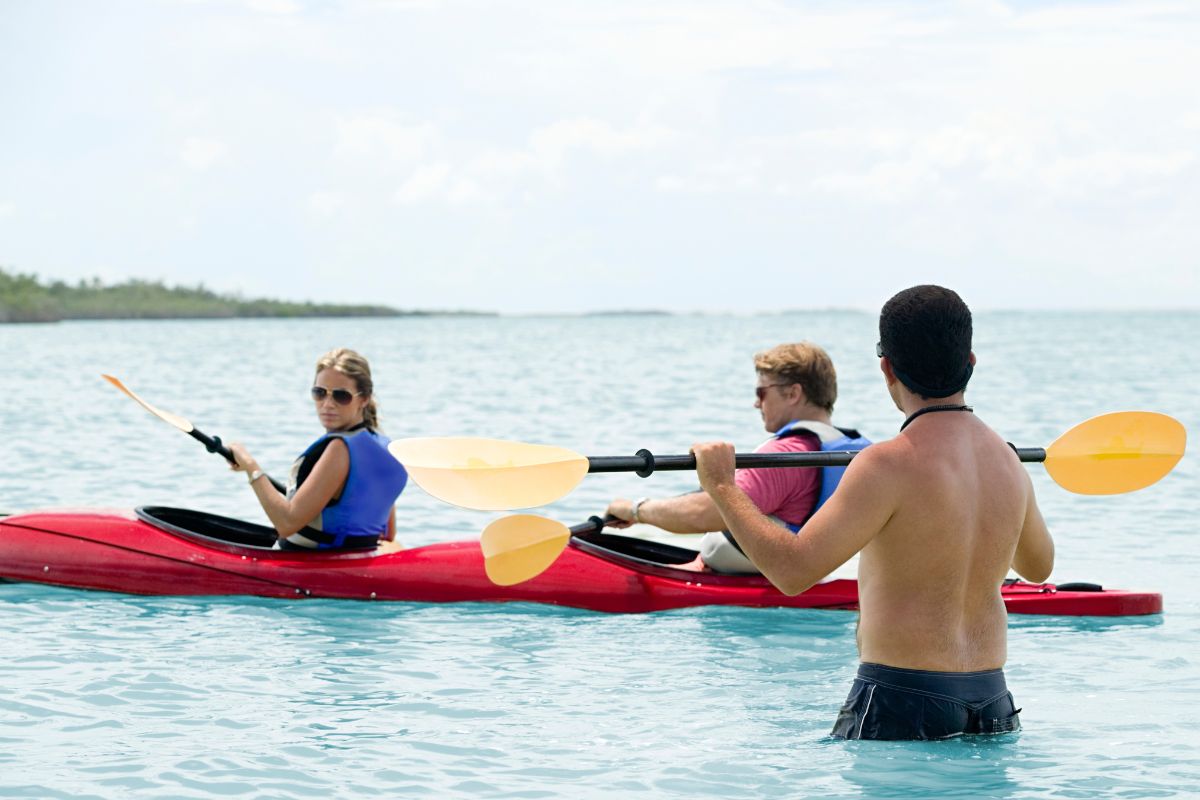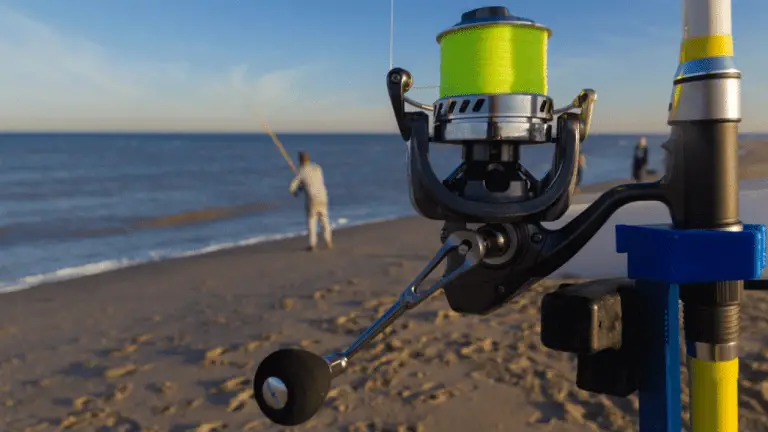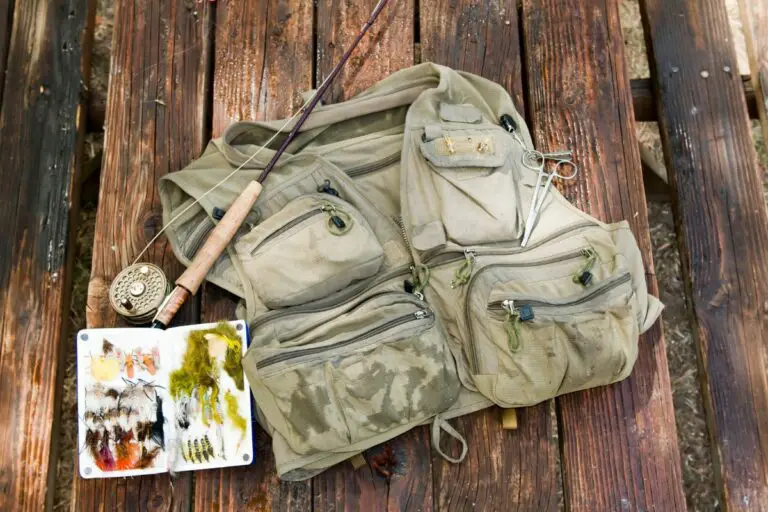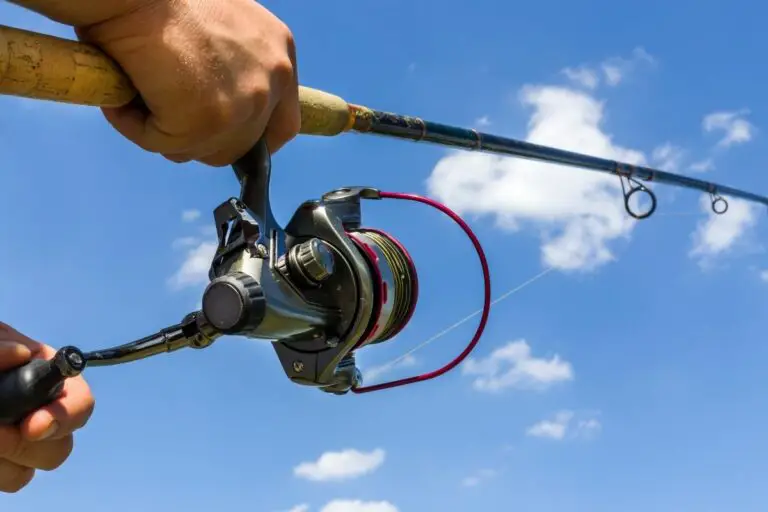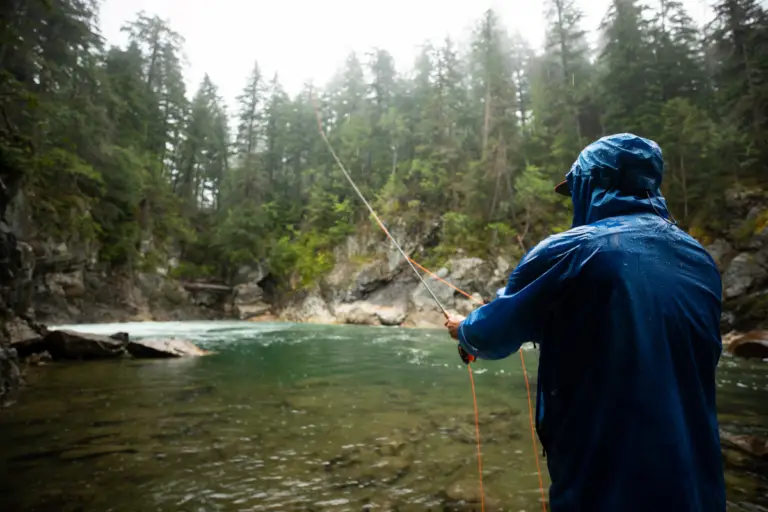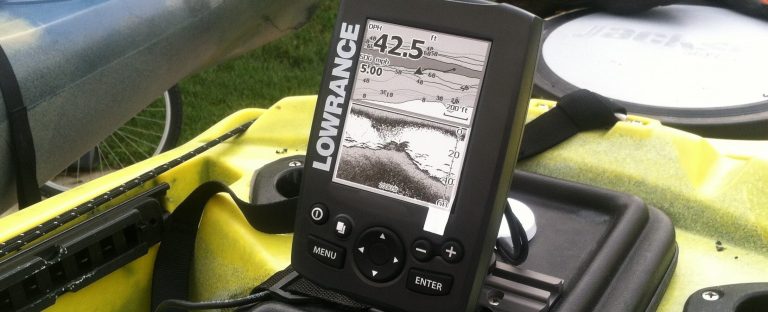Is Kayaking Safe for Beginners? 12 Tips to Make Kayaking Safer
Kayaking is an exhilarating outdoor activity that requires a certain level of skill to enjoy safely.
So, is kayaking safe for beginners? As with any sport, there are inherent risks associated with kayaking, especially for beginners who may not be familiar with the proper techniques and safety measures.
Kayaking can be safe for beginners if proper safety measures are taken. To kayak safely, you always need to wear a lifejacket, check weather conditions before going out on the water, start in calm waters suitable for your skill level, and bring a kayaking buddy or tell someone where you are going.
Keep reading to learn more about the dangers of kayaking and how to kayak safely if you’re a beginner.
Table of Contents
What Makes Kayaking Dangerous?

While kayaking can provide a peaceful and enjoyable experience, there are potential hazards and risks associated with the activity, such as:
- Strong currents, rapids, waves, and rocks can make the kayak difficult to navigate.
- Sudden changes in weather conditions can create unpredictable and dangerous situations.
- Inexperience can lead to poor decision-making, increased risk-taking, and a lack of knowledge of handling the kayak properly.
- Not wearing safety gear like life jackets or helmets can increase the risk of injury or death.
- Paddling for an extended period can lead to fatigue, which can make it difficult to react to unexpected hazards.
- Some bodies of water may be home to potentially dangerous wildlife, such as alligators or sharks.
- Equipment failures, such as a broken paddle or kayak, can put kayakers in a dangerous situation.
It’s important to be aware of all the dangers of kayaking and take proper safety measures to minimize the danger, so kayaking can be a fun and safe activity for people of all skill levels.
Is Kayaking Safe for Beginners?
Kayaking is neither a particularly difficult activity for beginners nor a dangerous one. However, Kayaking can be more dangerous for beginners as they lack the necessary skill to navigate the water in an emergency and may not wear proper safety gear.
However, kayaking can be safe for beginners if they know the potential risks involved and take the proper safety measures to avoid them.
Beginners should also take lessons from qualified instructors to learn the basic techniques needed to improve their kayaking skills and gain more experience in a controlled, safe environment. You can learn about this more in my article on how can you learn kayaking by yourself here.
How to Kayak Safely if You’re a Beginner?

As mentioned before, there are some safety measures you need to take to avoid any risks while kayaking. So, here are some kayaking safety tips for beginners:
- Wear a properly fitting lifejacket at all times.
- Look for a lifejacket that fits snugly and is comfortable to wear for an extended period of time. It should also have a high buoyancy rating to keep your head above water, even in rough water conditions.
- Dress appropriately for the water temperature and conditions.
- It’s recommended to wear quick-drying clothing and avoid cotton as it retains moisture. It’s also recommended to wear water shoes or sandals with good grip to protect your feet and provide traction on wet surfaces.
- Take a kayaking course to learn the basic techniques, safety procedures, and how to handle different types of water conditions.
- Check weather and water conditions before going out on the water, and do not attempt to paddle in conditions beyond your skill level.
- Start with calm waters and gradually move to more challenging conditions as you gain experience. Also, try to stay close to shore, especially in windy or choppy conditions.
- Plan your kayaking route ahead of time, and make sure to always tell someone where you are going and when you plan to return.
- Stay alert and aware of your surroundings, especially in areas with boat traffic.
- Don’t paddle alone; go out with an experienced paddler or join a guided tour, and stay within sight of each other.
- Bring essential safety gear and make sure it’s in good condition and easily accessible.
- Avoid alcohol and drugs while kayaking, as they impair judgment and reaction time.
- Learn to capsize and self-rescue in a controlled environment under the guidance of an experienced instructor.
- Practice good environmental stewardship by not disturbing wildlife, avoiding littering, and respecting any posted regulations.
Remember, safety should always come first when kayaking, and by following these tips, beginners can have a fun and safe time on the water.
What Kind of Kayak Is the Safest for Beginners?
For beginners, the safest type of kayak is typically a sit-on-top kayak. However, both sit-on-top and sit-in kayaks can be safe for beginners, depending on your preferences and the conditions you plan to paddle in.
Sit-on-top kayaks are generally more stable and easier to get in and out of than sit-in kayaks. They also tend to be wider, which provides more stability in calm waters. You can check out my recommendations for the best sit-on-top kayaks for beginners here.
Additionally, sit-on-top kayaks are usually less expensive than other types of kayaks, which makes them a great option for those who are just getting started in the sport.
Sit-in kayaks, on the other hand, can provide more protection from the elements and are better suited for colder waters. They also tend to be more maneuverable, which can be an advantage in more challenging water conditions.
So, ultimately, your choice of kayak will depend on your skill level, intended use, and what you feel comfortable and confident in using.
List of Essential Safety Gear for Kayaking
Here’s a list of the essential safety gear you need to bring when kayaking:
- Lifejacket: A properly fitting lifejacket is essential safety gear for kayaking, regardless of the conditions.
- Paddle leash: A paddle leash can prevent you from losing your paddle if it accidentally falls out of your kayak.
- Whistle or signaling device: A whistle or signaling device can be used to attract attention in case of an emergency.
- First aid kit: A small first aid kit can be useful for treating minor injuries or providing assistance in case of a more serious emergency.
- Navigation tools: Navigation tools such as a map, compass, or GPS can help you navigate unfamiliar waters and avoid getting lost.
- Spare paddle: A spare paddle can be a lifesaver if your main paddle breaks or becomes lost.
- Bilge pump: A bilge pump can help you remove water from the kayak in case it becomes flooded.
- Protective clothing: Protective clothing, such as a wetsuit, drysuit, or spray skirt, can help keep you warm and dry in cold or wet conditions.
- Sun protection: Sun protection, such as sunscreen, sunglasses, and a hat, can help protect you from the sun’s harmful rays.
- Kayak anchor: A kayak anchor can be used to keep the kayak in place in strong currents or windy conditions.
Kayak your way to Freedom
- On a budget? Check out the best fishing kayaks under $500 here and the best Fishing Kayaks under $1,000 here. Or Check the best Cheap Kayaks here.
- Going fishing? Here are the best Ocean fishing kayaks, and here are the best River Fishing Kayaks.
- You can also find the best Fly Fishing Kayaks here and the best Bass Fishing Boats here.
- A bit experienced? Check out the best modular kayaks here and the best tandem fishing kayaks here.
- Looking for something special? Check out my favorite Ducky kayaks here.
- Navigate your way with these awesome and beginner-friendly Kayak compasses.
- Going Hunting? These Duck hunting kayaks will give you an unfair advantage!
- Have a need for speed? These motorized kayaks will get you moving.
- Protect yourself from the sun with these Kayak shades, and make your kayak more comfortable with these Kayak seats.
- Keep your feet dry and warm with these superb Kayaking shoes.
- Going Kayaking in cold water? Stay warm with these Kayaking gloves.
- Paddle Less, Fish More with the Best Kayak Motors
- Looking to get a trolling motor on your kayak? Check out the best kayak trolling motor mounts here.
If you like this article, please share it or pin it, you can find the share buttons below. We will really appreciate it ❤️

